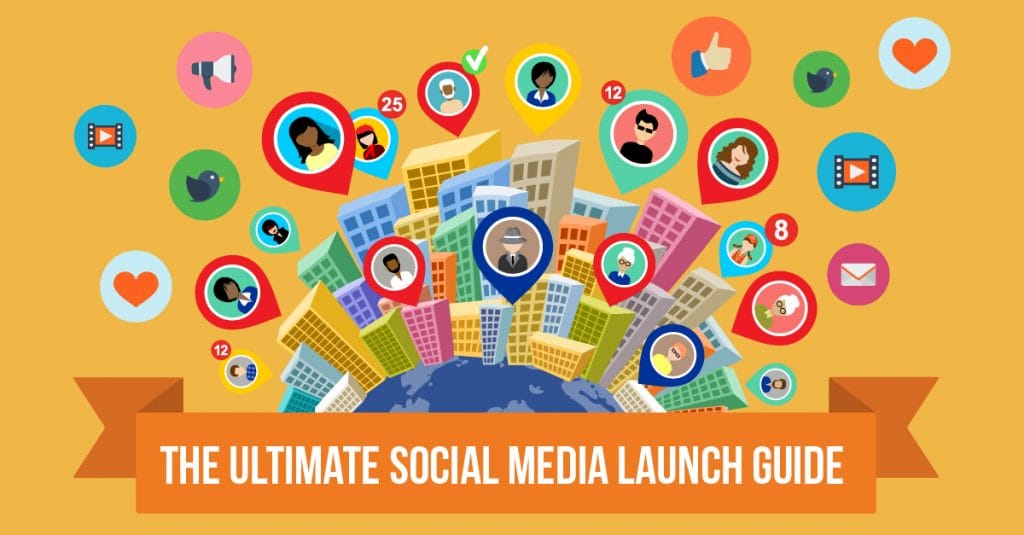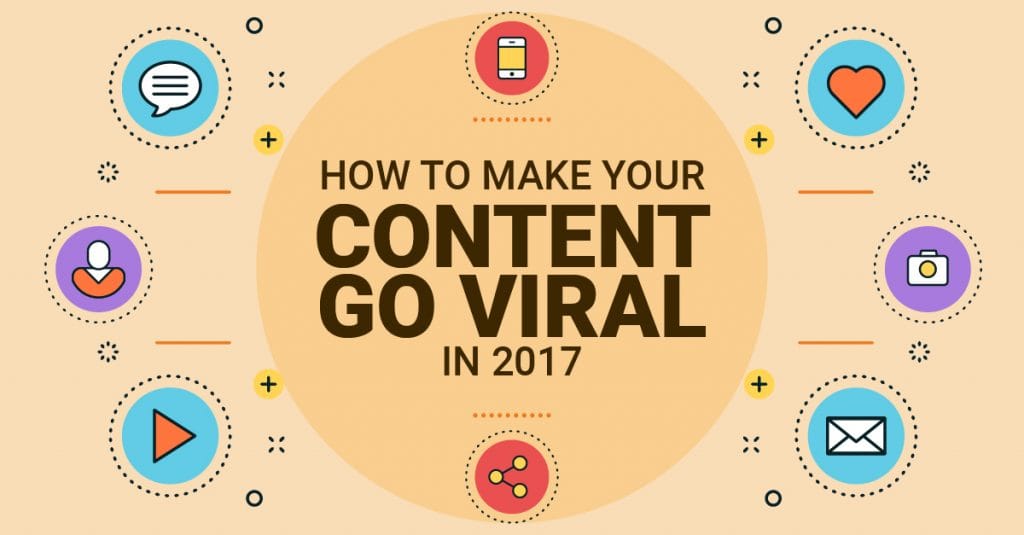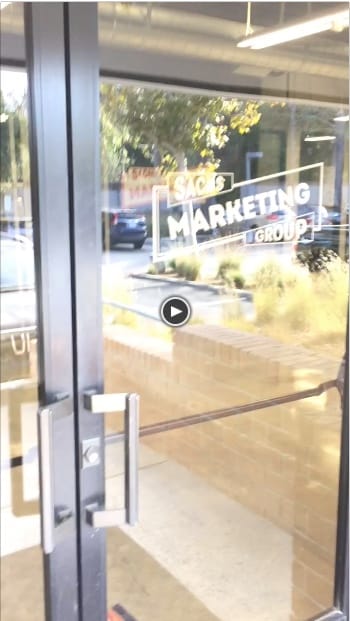Eric Sachs
SEO virtuoso, CEO @Sachs Marketing Group. Focused on being of service to business owners - helping to better position them in the eyes of their audiences.
9 Foolproof Ways to Transform Into a Better Blogger Today
Whether you’re blogging for personal reasons with the intention of monetizing and turning it into a business in the future, or you’re blogging as a means of lead generation for your business, there is always room for improvement. With tens of thousands of blogs created on just WordPress.com alone, every single day, the competition is…
Step-By-Step Guide to Building an Editorial Calendar for Your Blog
An editorial calendar for your blog helps you keep up with what needs to be written and published and when. It’s a good idea to put one together for the month, if not for the year, at the beginning of the year. It helps you plan your blog’s content around marketing campaigns, holidays, and other…
Your Complete Guide to Creating a Link Roundup
Whether you’re a business owner or marketer, you know the value of traffic to your website. One of the best ways to build traffic and links is through a link roundup. And, if you choose to host your own, you’ll get a piece of curated content to post on your blog. In this guide, I’ll…
Developing a Successful Customer Loyalty Program
Today’s consumer belongs to an average of 13.4 loyalty programs, but are only active in 6.7. More than half of brands (57%) say they’ll increase loyalty program budgets in 2017. Why? The simple fact is it costs more to sell to a brand new customer than it does to sell to an existing one. It…
Understanding Creative Commons Licenses
You use images online and off – for nearly everything in your business. Your business card, flyers, brochures, menus, social media graphics, blog posts… they are everywhere. And if you’re just Googling the images you want, and saving from there, you could be in serious trouble. If the licensing isn’t right – you’re stealing. So,…
Guest Blogging vs Outreach: What’s Better for Your Backlinking Strategy?
Both guest blogging and blogger/influencer outreach help to increase exposure for your business. These tactics can help you go beyond search engine optimization and social media to help you reach a broader audience, taking advantage of audiences others have already built. Both, however, rely on developing relationships with other bloggers in your industry, which take…
16 Ways to Promote Your Infographics
Infographics have become one of the most popular ways to share large amounts of information in an easy to understand format. When done properly they are visually pleasing, interesting, and useful. One of the best ways to repurpose popular content is to design a new infographic using the information. Once the infographic is ready to…
Cheatsheet: Creating a Brand Style Guide
Many brands lack a key piece of the puzzle for consistency – a brand style guide. Why do you need one? Well, if you’re like a lot of businesses out there, you’ve got several people, some in-house, some contracted, working to produce all your collateral and assets. And if you don’t want to spend a…
New Year’s Resolutions: Goal Setting for 2017
Whether you set personal New Year’s resolutions or not – and whether you’re still sticking to them at the end of January, this is a wonderful time to reflect on where you are with your business, conduct an end of year analysis, and set some goals to help carry you through 2017. The Power…
Storytelling for Business Tips That Will Change the Way You Market
Your company story is a vital part of your branding and customer experience. It sets the tone for who you are, and what customers can expect from you. It’s the foundation of building connections with your customers, because when all is said and done, you’re in the business of solving problems for your customers, and…
Facing a Writer’s Block Meltdown? Try These 14 Blog Content Hacks
It happens to the best of us from time to time – writer’s block for blog content. Even if you’re on top of your strategy and you have an editorial calendar planned out month’s in advance, you’ll eventually reach a point where you’re lost for what to write about – where you feel like you’ve…
The Ultimate Guide to Building Buyer Personas for Your Business
Think about it – when you’re trying to buy the perfect anniversary gift for your spouse, or the perfect gift for your best friend, you can see them in your mind as you’re shopping. You can see what they want and what they need, the things they’d most likely be interested in, what they love,…
Clicks Mean Nothing – Focus on Engagement
I know that’s not what you wanted to hear – I see you over there, beaming from ear to ear because this month’s page views were 200% higher than they were this time last year. I’m not here to rain on your parade – but I’m here to let you know you may want to…
Dissecting an Effective Outreach Campaign
To build an effective outreach campaign, you must first look at the big picture. It can be tempting to think you know where you’re going and how you’re going to get there, but moving too quickly, skipping steps, or worse, starting in the middle, can spell doom for any outreach campaign. The Brain: A…
6 Steps to a Flawless Digital Marketing Strategy
Crafting a digital marketing strategy is difficult work, whether you’re a new or seasoned marketer. What worked in the past may not work now, and with constant market changes – the addition of new platforms, algorithm adjustments, and more competition – nothing is a guarantee of success right out of the gate. But, just because…
Sachs Marketing Group Moves Into Our New 5,700 Sq. Ft. Office
We are Sachs Marketing Group, an award-winning SEO company. We’ve outgrown our modest 1,500 sq. ft. office and recently moved into our new 5,700 sq. ft. office in Westlake Village, CA. We absolutely love our new space and wanted to share a quick walk-through overview with our followers. Please watch the quick video below:


































